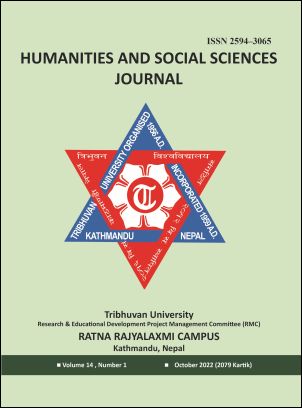Social Protection Policy and its Response in Nepal
DOI:
https://doi.org/10.3126/hssj.v14i1.58003Keywords:
governmental response, policy, social protection, social welfareAbstract
Social protection aims to support the weak and underprivileged. It refers to a set of policies to help marginalized people maintain an adequate standard of living throughout their lives. There are many social protection programs in Nepal targeting vulnerable groups such as senior citizens, the disabled, women, the marginalized, and Dalits. There are numerous social protection programs in Nepal, including insurance, subsidies, and public works initiatives in addition to cash, in-kind, and food offerings. This paper reviews existing literature on such social security debates by systematically describing the key elements of coverage, benefits, and sustainability through the desk study method. It is a critical evaluation of the available research on Nepal's social protection schemes. This paper then concludes that, despite minimal governmental capacity, there are enough programs under operation. However, for optimum output, the Government of Nepal must also take into account the enhancement of its current policies, administrative capabilities, and long-term sustainability.




